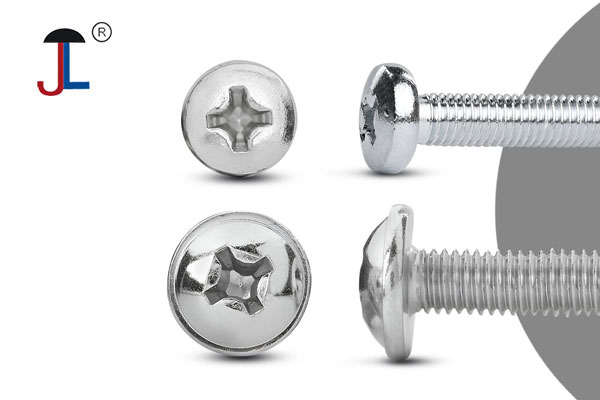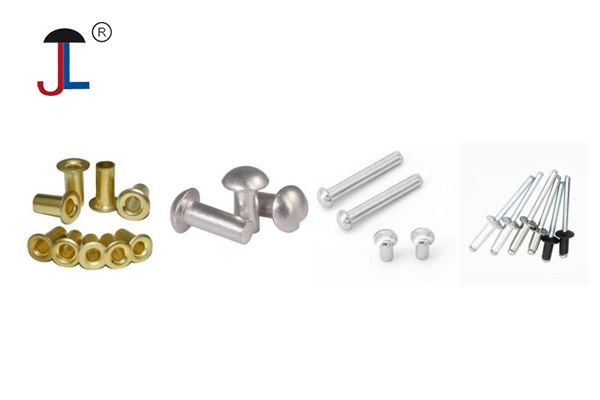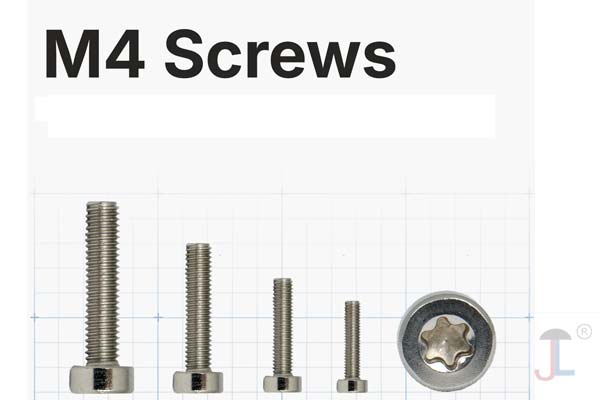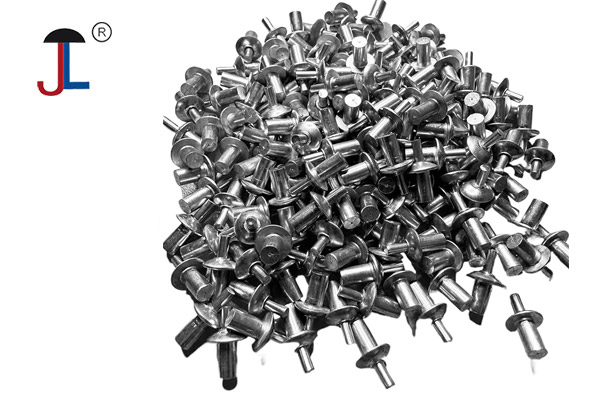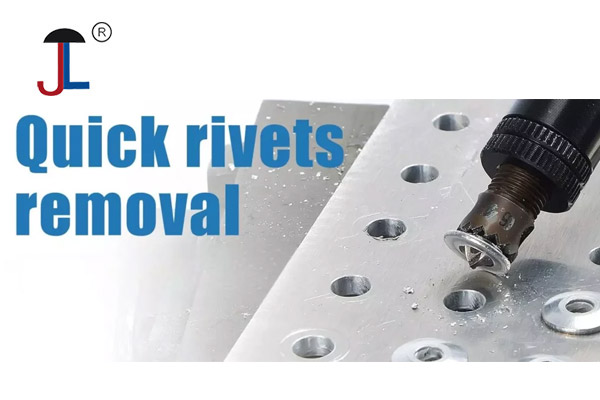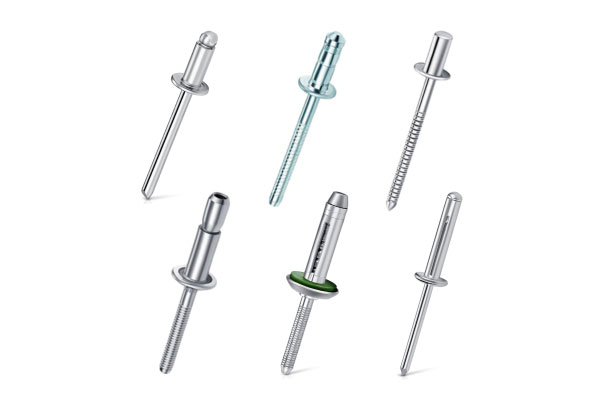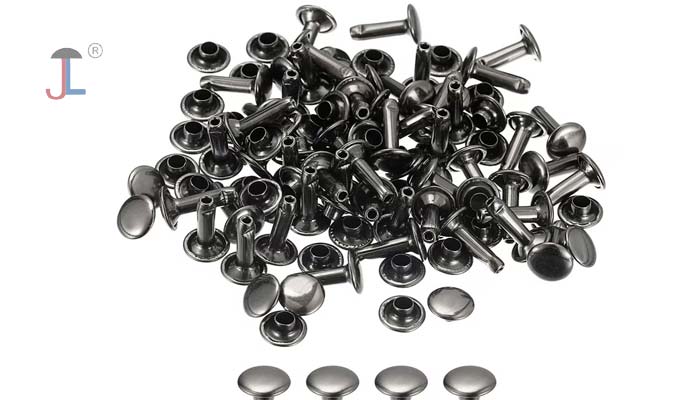The main differences between a round head screw and a truss head screw relate to the shape, profile, and intended application:
-
Round Head Screw:
-
Has a domed, semi-circular head that is higher and more prominent above the surface once installed—resembling an upside-down bowl.
-
Provides a traditional, rounded appearance often seen in older or decorative hardware.
-
Offers less surface area compared to a truss head.
-
Commonly used in general fastening, including machine screws—good for applications where holding strength is important but spreading load is not a primary concern.
-
-
Truss Head Screw:
-
Has a wide, rounded, and low-profile head, often described as "mushroom-shaped."
-
The broader diameter and lower profile mean it sits closer to the surface, protruding less than either round or pan head screws.
-
Provides a much larger bearing surface, distributing the load over a wider area and reducing the risk of pull-through—particularly useful with sheet metal, thin materials, or plastics.
-
Chosen for tasks requiring a smooth, finished look or where clearance is limited; also prevents damage to softer materials by spreading force more evenly.
-
In summary: truss head screws have a wider and flatter head for greater load distribution and a lower profile, while round head screws have a higher, more domed shape with less bearing surface. Each is selected based on the need for profile height and load-bearing characteristics in the application.
